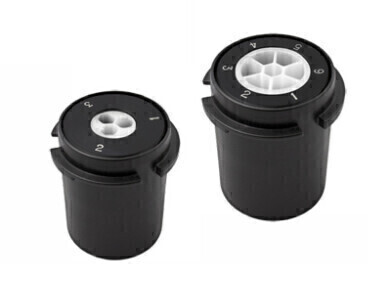PFAS in Water
Are British Regulations for PFAS in Water Too Lenient?
Nov 07 2022
Recently, a study conducted by the BBC found that the levels of per- and polyfluoroalkyl substances (PFAS) in British water routinely exceed European standards for safety. None of them, however, exceeded the legal limits for England and Wales.
Although often linked to serious diseases, including various cancers, ulcerative colitis and thyroid disorders, PFAS can be found almost wherever you look - in non-stick pans, food packaging, carpets, furniture, and many other everyday objects. As things stand, the Drinking Water Inspectorate (DWI), which has jurisdiction in both England and Wales, holds to guidelines which state that in drinking water, the presence of PFAS chemicals must be restricted to less than 100 nanograms per litre (ng/l).
In collaboration with the University of Greenwich and Manchester Metropolitan University, the BBC took 45 samples from tap water at various sites in England, none of which exceeded the 100ng/l recommended by the DWI. Nevertheless, of the 25 samples that did contain PFAS, four of which had levels in exceedance of 10ng/l, which under current guidelines, requires that local healthcare providers must be engaged and the levels monitored. Most importantly, almost half of these samples exceeded the European Food Standards Agency’s tolerable limit of 2.2ng/l.
In light of this data, many will be particularly concerned about the effect that such high levels could have on the health of children. The problem, as Professor Philippe Grandjean of Harvard University has detailed, is not so much the direct ingestion of PFAS by infants, but the knock-on effects that result from the mother’s exposure. Professor Grandjean: "A woman may build [PFAS] up in her body and when she gets pregnant, she shares that with her foetus. She eliminates part of her body-burden into her milk. So, the next generation will get a huge dose, and the baby may end up having up to 10 times as much PFAS in the blood as her mother has." Indeed, this is the most worrying dimension of regulatory inaction; even if we brought the official limits down to nothing tomorrow morning, we’d still have this nasty feedback loop to manage.
But nevertheless, we want to bring the limits increasingly closer to nothing, says former head of the National Institute of Environmental Sciences, Linda Birnbaum: "We are beginning to think that there's no such thing as a safe level and we want them to be as low as possible, because water is not the only source of exposure." As a result, the United States is now considering the reduction of its own regulatory level, which currently sits just below the UK’s limit at 70ng/l. Closer to home, Scotland will begin enforcing European limits next year. Perhaps, this will spur Westminster into action.
Digital Edition
IET 34.2 March 2024
April 2024
Gas Detection - Biogas batch fermentation system for laboratory use with automatic gas analysis in real time Water/Wastewater - Upcycling sensors for sustainable nature management - Prist...
View all digital editions
Events
Apr 22 2024 Hannover, Germany
Apr 22 2024 Marrakech, Morroco
Apr 23 2024 Kuala Lumpur, Malaysia
Apr 23 2024 Kintex, South Korea
Apr 23 2024 Edmonton, AB, Canada



















